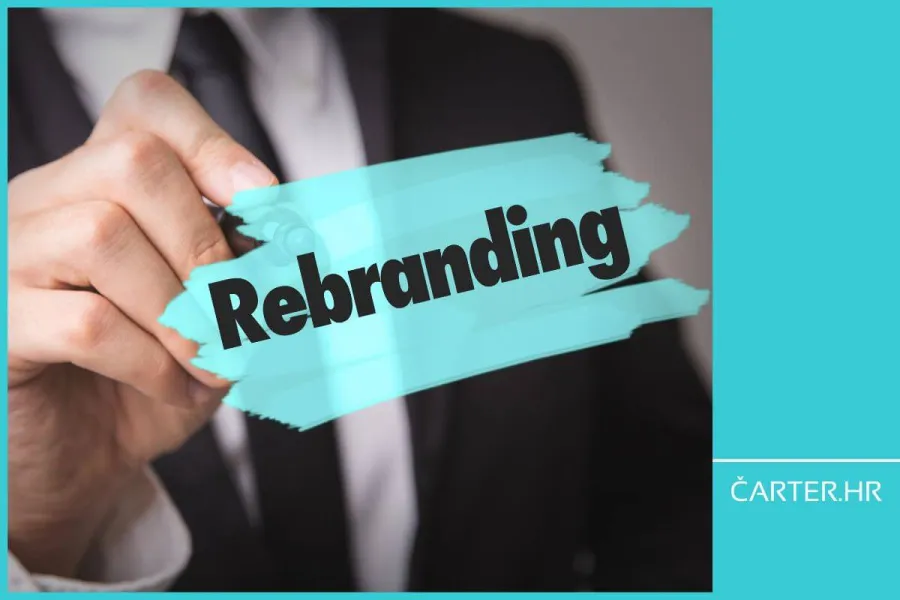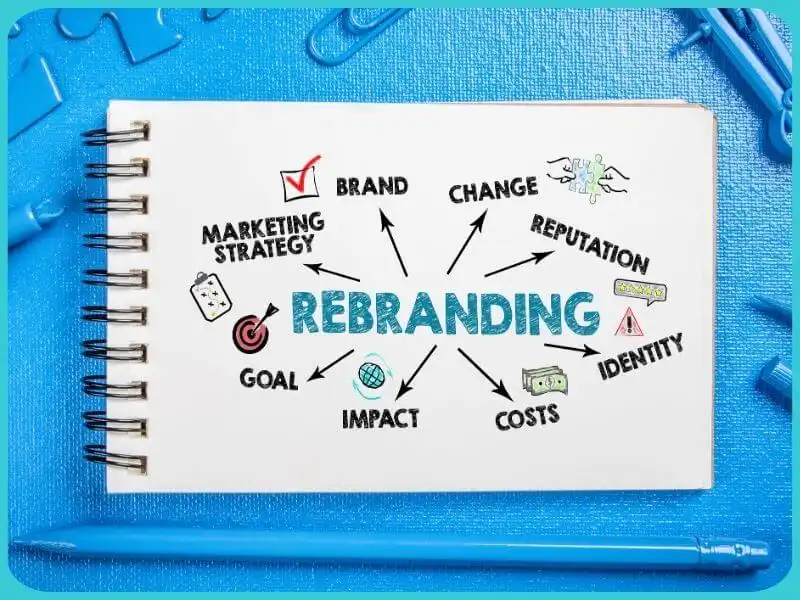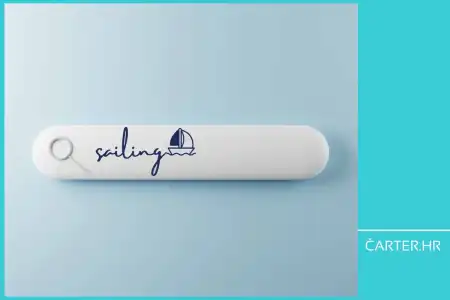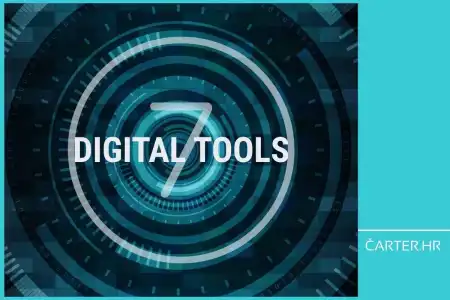
The market is constantly changing, and so is the yacht charter market. It evolves, and customer expectations shift, so your brand needs to recognise those changes. If you stay always in the same place – your competition may overrun you.
Do you think your brand is solid? But the last time you did anything about it was 10-15 years ago? Maybe even more.
Then, it's probably time for rebranding.
But rebranding isn't just about refreshing your logo or updating colours—it's about redefining your complete yacht charter company.
If you are expanding your services, targeting a new audience, or shaking off outdated perceptions - you must recognise when exactly is the time (and what are the reasons) to change:
- Outdated visual identity
Your logo and colour scheme are the first things potential guests see.
If they're dated, so does your brand seem – outdated. And that's a signal it's time for a refresh. - Shift in target audience
As the market and demographics evolve, so should your brand. If you wish to change your demographic to a younger, more affluent crowd, it might require a more modern brand identity that speaks directly to their preferences. - Services expansion
If you've broadened your services by introducing custom experiences or eco-friendly charters, your brand needs to convey these additions effectively. - Mergers or acquisitions
If it happens that your brand is integrating with another - integrating two brands requires careful planning. Your new identity should represent the strengths of both companies, creating a unified front. - Negative associations with current brand
Sometimes, past issues linger in the public's mind. Rebranding is the best option. You can start anew, offering a fresh perspective and renewed trust.

Starting re-rebranding
Before starting rebranding, you must understand how people perceive you. Surveys can highlight where your brand's image doesn't quite match up with what people are looking for, giving you clear direction for your rebranding efforts.
You must know where you stand in the market. Analyse competitors' branding strategies to make your yacht charter unique and innovative (but make sure not to copy them).
Your employees are the real face of your brand and the first point of contact. Collect their opinions and information as well, so you can align your rebranding with the company's values and culture.
SWOT analysis will help you pinpoint what's working, what's not, and where your brand has the most potential to grow; your new brand identity has to capitalise on strengths and learn from past weaknesses.

Rebranding - creating your new identity
When crafting a new brand identity—or, in this case, rebranding—you must define your yacht charter's core values and mission.
Your job is to revisit the fundamentals—what does your company stand for? Your rebrand should clearly express your core values and mission, making it easy for people to connect with you.
You should also build up your unique selling proposition - USP (if you already don't have one).
Get to the core of what sets your company apart. Turn it into a compelling value proposition. This will be the foundation of your rebranding.
Rebranding implies creating a fresh visual language—from logos to colour palettes, every visual element should reflect your brand's new direction. It's also important to be consistent in visuals across all platforms to establish a strong brand presence.
All rebranding must be connected into one unified brand voice and messaging—how you communicate is as important as what you say. Your brand voice should be distinct and "speak clearly" to your audience.

Rebranding strategies
When considering how to introduce your new brand, you have two primary strategies:
- Phased rollout
- Complete overhaul
Phased rollout approach allows you to gradually implement the new brand across different touchpoints, for instance:
- Website updates: Start by revamping your website to reflect the new brand identity. Temporarily, keep your physical marketing materials consistent with the old.
- Social media: Gradually transition your social media profiles, beginning with subtle changes like updated profile pictures and cover photos before fully adopting the new tone and messaging.
- Customer communication: Slowly introduce the new brand in your communications, such as newsletters or email signatures, to ease people into the transition.
Benefits: The phased approach provides the flexibility to adjust based on feedback, minimising risks and allowing for a smoother adaptation period.
Complete overhaul involves launching the new brand across all platforms simultaneously, making an immediate and bold statement, such as:
- Rebranding events: Host an event or campaign to announce the rebrand, ensuring maximum visibility and impact.
- Media campaign: Synchronise your rebranding with a media campaign, including press releases, advertisements, and influencer partnerships.
- Physical and online presence: Update your office or base and vessels, digital channels, and marketing materials all at once to create a unified brand experience.
Benefits: A complete overhaul creates a strong, immediate impression, signalling a new era for your company.
Avoiding rebranding mistakes
Whatever you do – do not lose brand equity.
Retain the elements that made your brand successful so that the rebrand builds on existing strengths rather than erasing them.
In the process of rebranding, the biggest issue is alienating loyal guests.
Change can be unsettling, so you must reassure your guests by highlighting the benefits of the rebrand and involving them in the transition.
Consistency is non-negational. Your yacht charter's rebranding must be applied consistently through all channels you use to avoid confusion and reinforce the brand's message.
Rebranding is a significant investment. Properly allocate resources—time, budget, and manpower—to ensure every part of the rebrand is executed flawlessly.
Measuring rebranding success
To determine the effectiveness of your rebrand, start by measuring brand awareness. Track brand recall through surveys to see how easily your brand comes to mind. Also, track brand recognition by monitoring how often your new logo and visual elements are correctly identified.
To gauge visibility, analyse the volume of social media mentions and changes in search engine traffic for your brand name.
Gather feedback post-rebranding - use surveys, online reviews, and focus groups to assess how guests feel about the changes you made to your yacht charter company. Positive feedback, of course, shows alignment with guests expectations, while negative sentiment can highlight areas needing further adjustment.
Evaluate the impact of your rebranding by monitoring website metrics. Look for increases in overall traffic, longer time spent on pages (lower bounce rates), and higher conversion rates, all of which suggest that the rebranding is resonating with visitors.
You'll know best if your rebranding was successful by its effect on revenue. Track booking rates before and after the rebrand and monitor any changes in average order value and overall revenue growth.

Rebranding and your brand's long-term relevance
To keep your brand relevant and resilient - be flexible.
As markets shift and guests' preferences change, your brand should be ready to evolve.
Every brand needs to grow, and so does yours.
At the same time - your core values have to stay solid, and your messaging and visuals should always be able to adapt.
Routine brand check-ups have to become your norm. Run periodic audits and reviews to spot any areas where your rebranding might be deviating. When (and if) needed, make necessary adjustments.
Rebranding helps you to stay ahead of the competition. Especially if you embrace new ideas, such as new technology, the latest CRM, or simply trying new design trends.
If you need help rebranding your company, contact us—we could have an excellent solution for you.
Make sure to follow us on our social media, Facebook, Instagram and LinkedIn and to subscribe to our newsletter.
Categories of trends
- News
- Sale
- Marketing
- SEO
- Web design
- Social media
- Technology
- Regulations
- Management
- Education
- Finances
- User experience
Newsletter
Sign up for the newsletter and receive the latest trends and tips straight to your inbox



